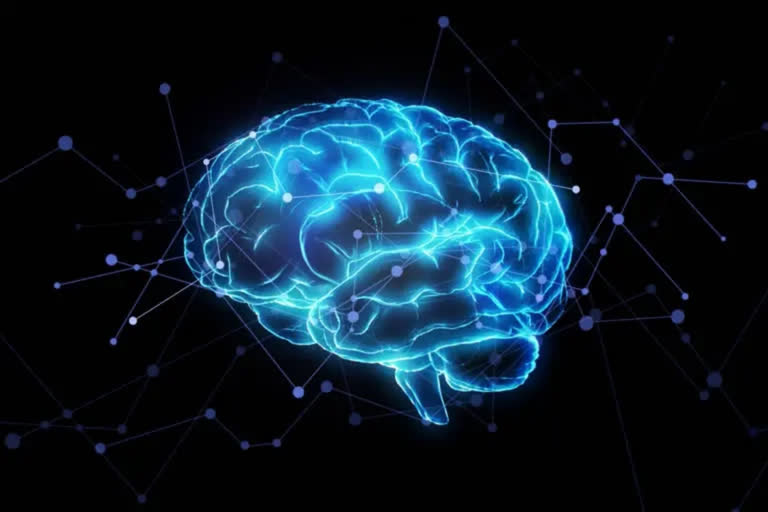London: Scientists have shown for the first time that briefly tuning into a person's individual brainwave cycle before they perform a learning task dramatically boosts the speed at which cognitive skills improve, according to a study. According to the team behind the study, calibrating rates of information delivery to match the natural tempo of our brains increases our capacity to absorb and adapt to new information.
The researchers from University of Cambridge, UK, say that these techniques could help us retain "neuroplasticity" much later in life and advance lifelong learning. "Each brain has its own natural rhythm, generated by the oscillation of neurons working together," said Prof Zoe Kourtzi, senior author of the study, University of Cambridge. "We simulated these fluctuations so the brain is in tune with itself - and in the best state to flourish," said Kourtzi.
"Our brain's plasticity is the ability to restructure and learn new things, continually building on previous patterns of neuronal interactions. By harnessing brainwave rhythms, it may be possible to enhance flexible learning across the lifespan, from infancy to older adulthood," Kourtzi said. The findings are published in the journal Cerebral Cortex.
The neuroscientists used Electroencephalography - or EEG - sensors attached to the head to measure electrical activity in the brain of 80 study participants, and sample brainwave rhythms, the study said. According to the study, the team took alpha waves readings. The mid-range of the brainwave spectrum, this wave frequency tends to dominate when we are awake and relaxed.
Alpha waves oscillate between eight to twelve hertz: a full cycle every 85-125 milliseconds. However, every person has their own peak alpha frequency within that range, the study said. Scientists used these readings to create an optical "pulse": a white square flickering on a dark background at the same tempo as each person's individual alpha wave, the study said.
According to the study, participants got a 1.5-second dose of personalised pulse to set their brain working at its natural rhythm - a technique called entrainment - before being presented with a tricky quick-fire cognitive task: trying to identify specific shapes within a barrage of visual clutter. A brainwave cycle consists of a peak and trough.
